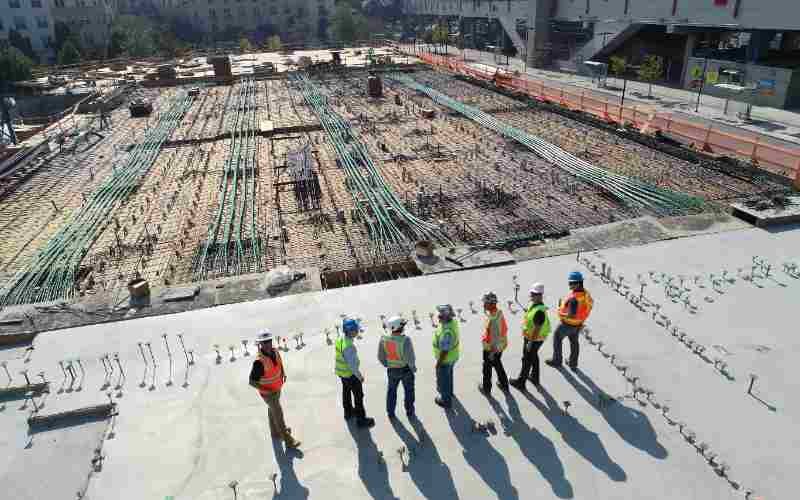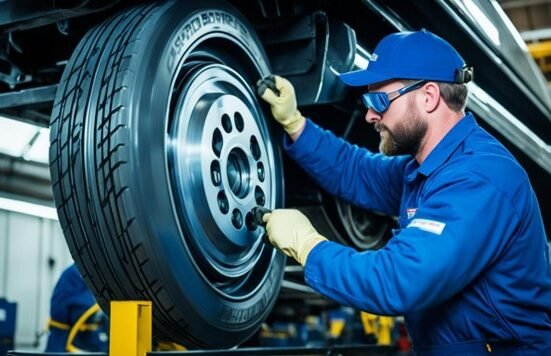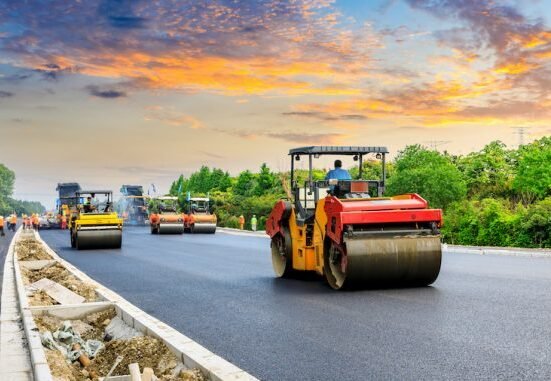As a construction site manager, you realize you can’t get through the day without planning and preparation.
Where to set up the construction site office?
How to keep materials organized and safe?
How to protect your workers from safety hazards?
These questions numb your brain before you even have your first cup of coffee. But once you’ve sorted your essentials, whether it’s the perfect software to track your crew’s performance or the right type of fencing to keep passersby safe, you can breathe a little easier.
The problem, however, is that remembering all the construction site essentials is a tough row to hoe, especially when regulatory compliance is considered.
To make your construction site management woes a thing of the past, we’ve compiled a list of essentials you need to start and finish your project successfully.
1. Temporary Housing for Workers
Construction projects take a few weeks or months to complete. During these days, many factors can cause inconvenience to your workers. For example, weather conditions like high humidity and extreme heat can be extremely challenging to work in. And if your workers stay on-site during the night, they need a place to rest at the end of a long day.
Shipping containers are an excellent makeshift solution for on-site worker housing. They protect against the elements and can be outfitted with all the amenities your workers need, including beds, air conditioning, and a kitchen.
Plus, getting a shipping container is easy and cost-effective. You can have one delivered to your construction site in a few days.
2. Backhoe Loader
A construction site without a backhoe loader is like a ship without its captain. This heavy-duty machine is essential for many construction tasks, including excavation, grading, and demolition.
Investing in a quality backhoe loader will make your life a lot easier. But with multiple options on the market, it can be tricky to decide which one is right for your needs.
When shopping for a backhoe loader, pay attention to the engine power, lift capacity, and tires. Also, consider the length of the warranty and the dealer’s reputation.
3. Construction Fencing
Construction sites are dangerous places. Falling debris and open trenches are two common potential hazards. That’s why keeping unauthorized people out of the site is crucial.
A practical way to do this is by erecting construction fencing. This fencing is made from sturdy materials like chain links and steel. It’s also tall enough to deter would-be trespassers.
Construction fencing also helps you stay compliant with OSHA regulations.
There are various styles of construction fencing, but the two most commonly used are:
- Mesh panel fencing is made from steel wire welded into a mesh panel. It’s strong and durable, making it ideal for construction sites.
- Chain-link fencing is one of the most popular types of construction fencing. It’s made from interconnected steel wires to form a diamond-shaped pattern.
4. Portable Toilets
No construction site is complete without a few porta-potties. These toilets are portable, easy to set up, and come in various sizes. They’re also essential for construction workers who don’t have access to bathroom facilities.
Porta-potties come with a few features that make them ideal for construction sites. For example, most models have a built-in hand-washing station. Plus, they’re easy to clean and disinfect.
Many companies offer porta-potties for rent. When choosing a provider, be sure to compare prices and reviews. Some other factors to consider are the number of toilets you need and the length of time you’ll need them.
5. Construction Software
Construction software is synonymous with construction management. It covers construction’s financial, human resources, and project management aspects. There are many benefits of using construction software.
For one, it helps you manage your construction project lifecycle more efficiently. Construction software streamlines the process from capital planning and budgeting to project scheduling and execution. It also gives you better visibility into your construction projects. This way, you can identify potential problems early on and take corrective action.
Plus, construction software makes it easy to share project information with all stakeholders. Since there are a few construction software, it’s essential to consider your specific needs before paying for one.
6. Backup Power Generator
Interruptions and power outages are a nuisance, but they’re an inevitable part of construction work. That’s why it’s crucial to have a backup power generator on site.
A backup generator will keep your construction site running even when the power goes out. In addition, it can power lights, tools, and other essential equipment.
Since construction site machinery is high-powered, you’ll need a generator to handle the load. The size of the generator will also depend on the number of devices you need to power. Finally, be sure to choose a generator that’s easy to operate. Push-button start generators are a good option.
7. Safety Gear and Emergency Medical Rescue
Construction workers, the general public, and first responders are all at risk of injury on a construction site. In 2020, 195 workers were fatally injured on construction sites in Australia. It could be due to an electric shock, a heavy object, or a fall.
That’s why safety should be a top priority on any construction site. Emergency medical responders should be on standby in case of an accident. And all workers should be wearing the proper safety gear. It includes hard hats, safety glasses, and earplugs.
In addition to safety gear, it’s also important to have an emergency plan. This plan should include a list of emergency contacts and procedures for evacuation.
By taking these precautions, you can help keep your construction site safe.
8. Waste Management Material
According to studies, construction and demolition contribute 600 million tons of waste to landfills yearly. Glass, concrete, plastics, and metals are just some of the materials in these dumpsites.
It’s important to have dumpsters and other waste management materials on site to reduce the impact of construction waste. Choose large dumpsters that can accommodate all the waste your construction site produces.
For smaller sites, consider using wheelbarrows and other hand-operated equipment. These will help you move the waste from one point to another. In addition, be sure to recycle as much construction waste as possible. Many recycling facilities accept glass, metal, and plastic.
Conclusion:
Of course, you need a lot of machinery and other equipment on a construction site. Cranes, bulldozers, and excavators are just a few more essentials to include on your list. However, the most important thing is to be prepared for anything. You can keep your construction site running smoothly with the right equipment and supplies.











